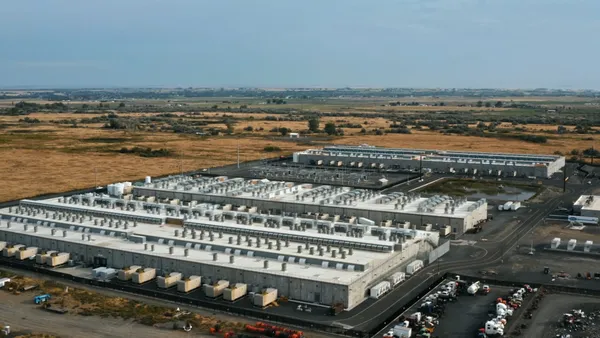Dive Brief:
- Oklahoma officials are suing to block the Obama administration's Clean Power Plan, but utilities in the state have seen the writing on the wall and have been working to develop emmissions reductions strategies.
- Public Service Company of Oklahoma and Oklahoma Gas and Electric have been working on plant upgrades at the state's coal facilities, and the two companies have yet to indicate if they are backing the state's legal challenge.
- Oklahoma Attorney General Scott Pruitt joined a multi-state challenge to the new rules within days of the regulations being finalized, arguing the federal government had overstepped its jurisdiction.
Dive Insight:
Oklahoma has been at the forefront of several states' battle against the Clean Power Plan — Pruitt had a pair of lawsuits tossed out because the state couldn't wait for the final regulations to come out, and when they did filed immediately to oppose the rule.
“Our system doesn’t allow federal agencies to ‘improve’ or ‘fix’ laws to advance an agenda. But that is what happened here," Pruitt said in a statement. "Oklahoma will continue to challenge the EPA – or any other federal agency – when it takes actions that undermine our system and the rule of law.”
But despite the state's plan to challenge the law — observers expect the case to eventually wind up before the U.S. Supreme Court — the state's largest utilities have already been working to reduce emissions from older coal facilities.
StateImpact Oklahoma, a partnership of public radio stations, reports that Public Service Company of Oklahoma is working on scrubbers at its Northeast Station. One coal unit will be retired and emissions reduction equipment will be put in place at another, designed to cut about half of sulfur dioxide emissions and to reduce mercury. The utility will buy wind and natural gas power to make up for shuttered generation.
OG&E is converting two coal-fired units to burn has, and will install scrubbers at other units. “In the case of the Clean Power Plan, we do see a significant reduction is carbon dioxide emissions moving from coal to gas,” OG&E Corporate Environmental Director Usha Turner told State Impact. "So what we’re anticipating is something upwards of 30 percent reduction by the conversion of those two units, in CO2.”
That would put the utility close to the emissions rate reduction envisioned by the EPA for the state. According to the finalized plan, Oklahoma must cut its carbon emissions nearly 32% by 2030.
State Impact also reported that the utilities have not indicated if they would prefer a state-designed strategy for compliance, or a federal plan should Oklahoma refuse to comply.













